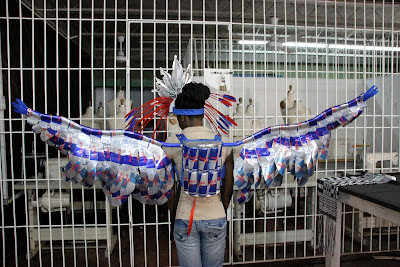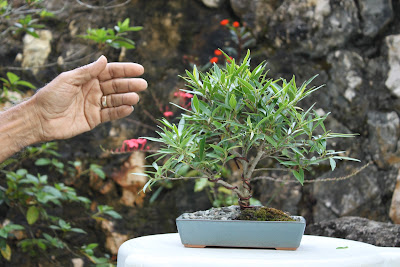Red Bull gives you wings

Albert Einstein once said, "Logic will get you from A to Z; imagination will get you everywhere" - in the case of these set of creative minds, they took the flight of imagination from recycling cans into carnival finery. The recently concluded Red Bull Art of Can/Art of Carnival competition oozed creative juices, which centred on creating costumes using Red Bull cans as the primary material. Jodi Taylor wears Nicolette Answer's carnival costume Nicolette Answer and Traci Wong, students of Edna Manley College of the Visual and Performing Arts, Kingston, recalled that their mission was to get as many cans as possible. "I used to stay back at the school parties and collect Red Bull cans," said Answer. "I started to cut up (the cans) and experimented with how I would put them together as a costume." Answer themed her costume around Red Bull's tagline - 'Red Bull gives you wings' - incorporated art and engineering by creating ...



.jpg)